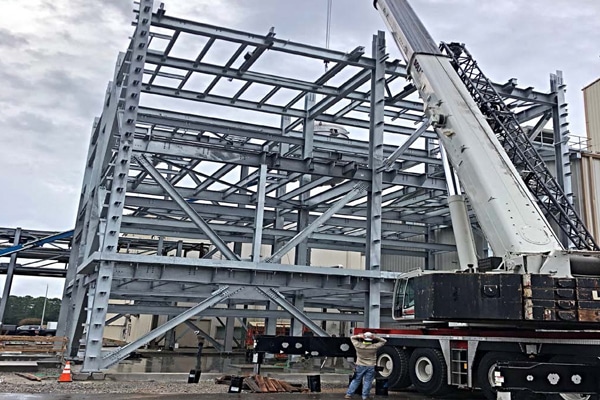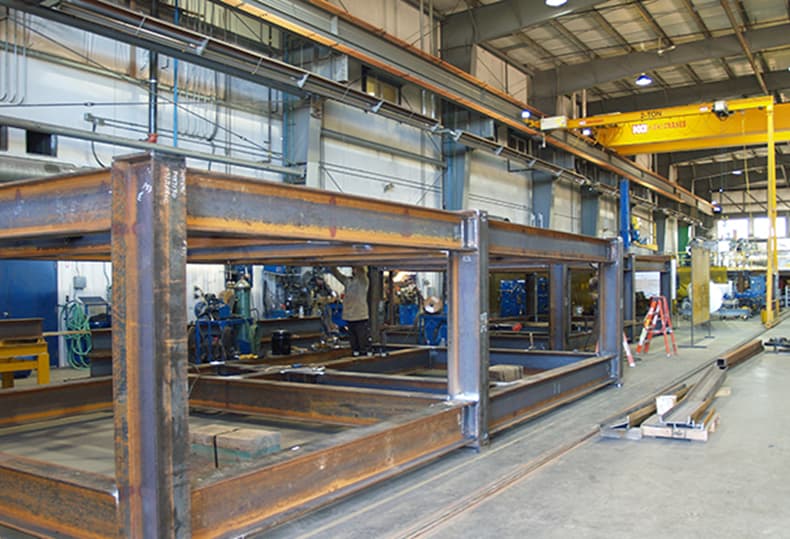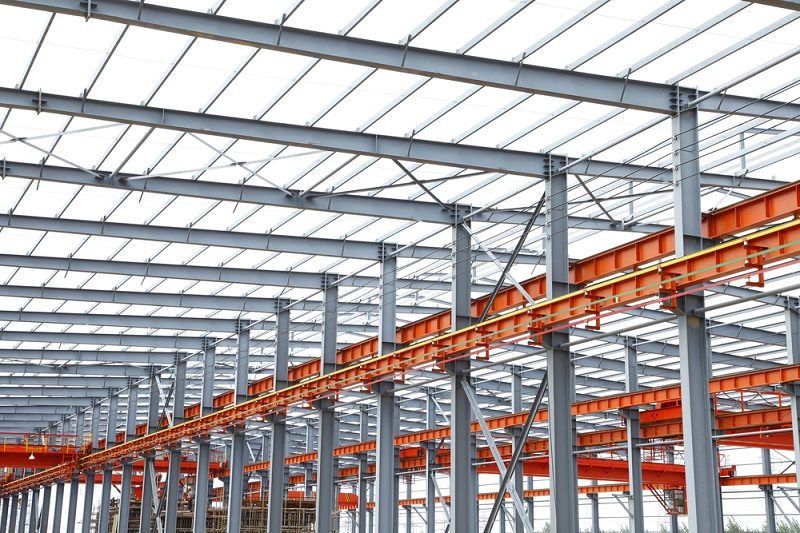Comprehensive Steel Fixing Providers for Construction Projects
Wiki Article
Innovative Fads in Steel Construction: Enhancing Resilience and Accuracy
In the realm of steel construction, the search of longevity and precision has led to a wave of cutting-edge trends that are reshaping the sector. These fads are not just shaping the present however likewise laying the groundwork for the future of steel manufacture, assuring additional improvements in durability and precision.Advanced Welding Technologies
In the realm of steel construction, the fostering of sophisticated welding modern technologies has dramatically revolutionized the market's strategy to attaining exceptional high quality and precision in architectural welds. Advanced welding technologies, such as laser beam welding and rubbing mix welding, have emerged as game-changers in the area. Laser light beam welding employs a focused laser light beam to sign up with steel components with remarkable accuracy and speed, making it perfect for thin materials and detailed styles. On the various other hand, friction stir welding produces exceptionally strong bonds by mechanically intermixing the molecules of the products at the joint, getting rid of the requirement for thawing the steel. These modern technologies use countless advantages, consisting of decreased heat-affected areas, minimal distortion, and improved mechanical buildings in the bonded joints. By leveraging these sophisticated welding techniques, steel fabricators can boost the longevity, strength, and accuracy of their structural welds, satisfying the progressively demanding demands of modern-day building and construction projects.Robotic Automation in Fabrication
Accepting robotic automation has actually come to be a cornerstone of modern-day steel fabrication practices, simplifying procedures and boosting effectiveness throughout the market. Robots are revolutionizing the method steel parts are made, providing unparalleled accuracy and speed while lowering human mistake. These automated systems can deal with recurring jobs with constant accuracy, bring about better final product.One trick advantage of robotic automation in steel manufacture is the capability to function all the time without fatigue, considerably raising production output. This constant procedure lessens downtime and speeds up task timelines, ultimately saving prices for producers. Furthermore, robots can be set to carry out detailed jobs that may be harmful or tough for human employees, improving safety and security in the workplace.
Furthermore, robot automation allows seamless combination with other electronic technologies, such as computer-aided style (CAD) software application and Net of Points (IoT) systems (steel fabricators melbourne). This interconnected technique improves interaction in between different phases of fabrication, maximizing operations and ensuring real-time monitoring and control. As the steel fabrication market remains to develop, robotic automation sticks out as a transformative pressure driving effectiveness and precision in producing procedures

High-Strength Alloy Advancement
The improvement of high-strength alloy development in steel manufacture is improving the industry's technique to enhancing material durability and performance. High-strength alloys are engineered to exhibit remarkable mechanical buildings, such as increased tensile strength, sturdiness, and rust resistance contrasted to typical steel grades. By integrating these sophisticated alloys right into manufacture processes, manufacturers can create elements that endure greater tension levels and rough environments, causing more long lasting and trustworthy final result.One key benefit of high-strength alloy advancement is the capability to lower product thickness without endangering structural stability. This not only results in lighter-weight parts but likewise contributes to cost savings and boosted efficiency in manufacture and setting up procedures. The improved strength-to-weight proportion of these alloys enables for the design and building and construction of frameworks with greater load-bearing abilities while lessening general weight.
3D Modeling and Simulation Software
Improvements in steel manufacture procedures have been significantly moved by the integration of innovative 3D modeling and simulation software tools. These tools enable fabricators to produce detailed digital designs of their tasks, enabling them to picture the final product with precision prior to any kind of physical job starts.
Lasting Practices in Steel Manufacturing
Incorporating lasting methods into steel production procedures is vital for decreasing ecological influence and guaranteeing long-lasting source availability. One crucial sustainable technique is the fostering of energy-efficient technologies to minimize greenhouse gas emissions during the steel production procedure. This consists of making use of renewable resource sources, such as solar or wind power, to power steel plants and applying energy-efficient devices to maximize energy usage.An additional crucial facet of lasting steel production is the responsible sourcing of basic materials. This involves making sure Alpha reo that the iron ore and other sources utilized in steelmaking are acquired from moral and ecologically pleasant resources. By advertising openness in the supply chain and sticking to stringent ecological criteria, steel manufacturers can decrease the adverse effects of source removal on neighborhood environments and communities.

Final Thought
To conclude, the ingenious patterns in steel manufacture such as sophisticated welding innovations, robot automation, high-strength alloy advancement, 3D modeling and simulation software program, and sustainable techniques are boosting the durability and accuracy of steel products. These innovations are transforming the steel construction industry by improving sustainability, efficiency, and high quality. It is clear that the future of steel fabrication depends on embracing these innovative technologies to fulfill the needs of contemporary building and construction and production industries.In the realm of steel construction, the search of resilience and accuracy has led to a wave of cutting-edge patterns that are improving the industry.In the realm of steel construction, the fostering of cutting-edge welding modern technologies has substantially reinvented the market's approach to attaining premium high quality and precision in architectural welds. As the steel manufacture sector proceeds her comment is here to advance, robot automation stands out as a transformative force driving efficiency and accuracy in making procedures.
In addition, reusing and recycling steel scrap and waste materials play a substantial role in boosting the sustainability of steel manufacturing. metal fabrication melbourne.In conclusion, the visit their website innovative trends in steel manufacture such as innovative welding technologies, robotic automation, high-strength alloy development, 3D modeling and simulation software, and lasting practices are improving the resilience and accuracy of steel items
Report this wiki page